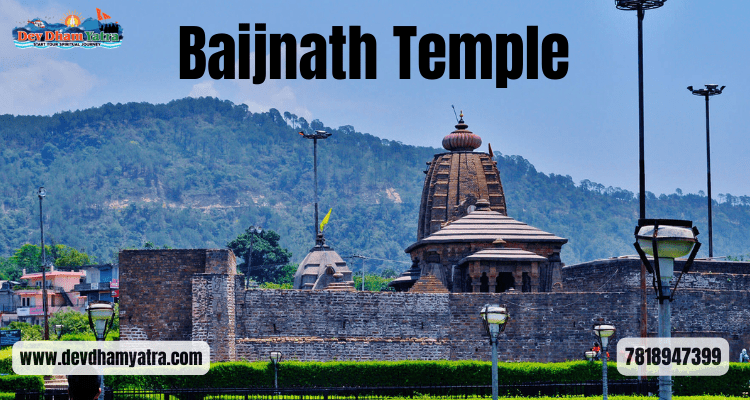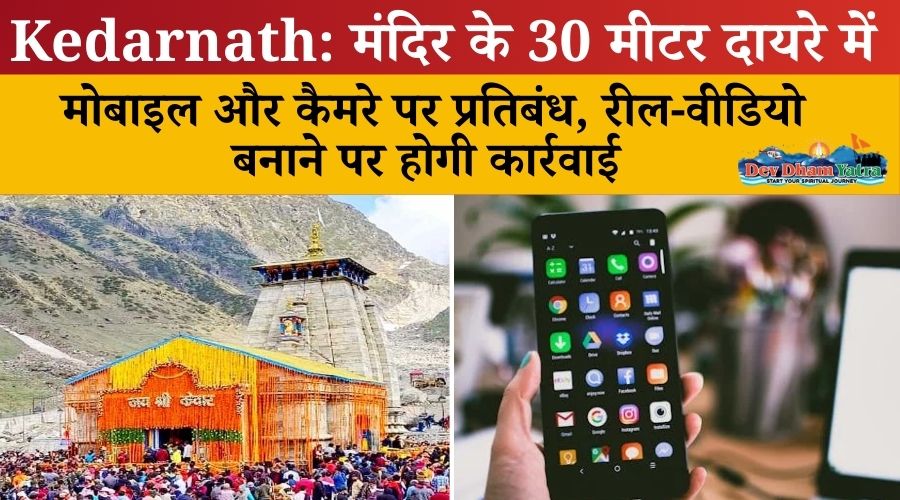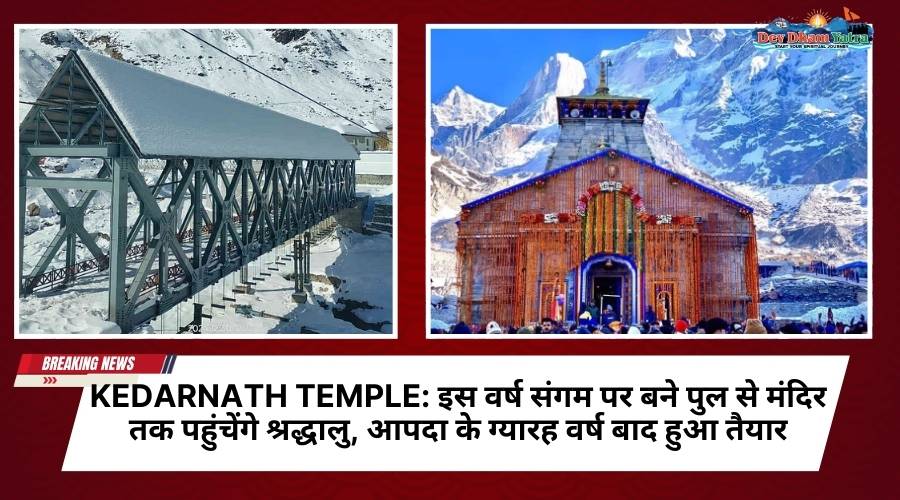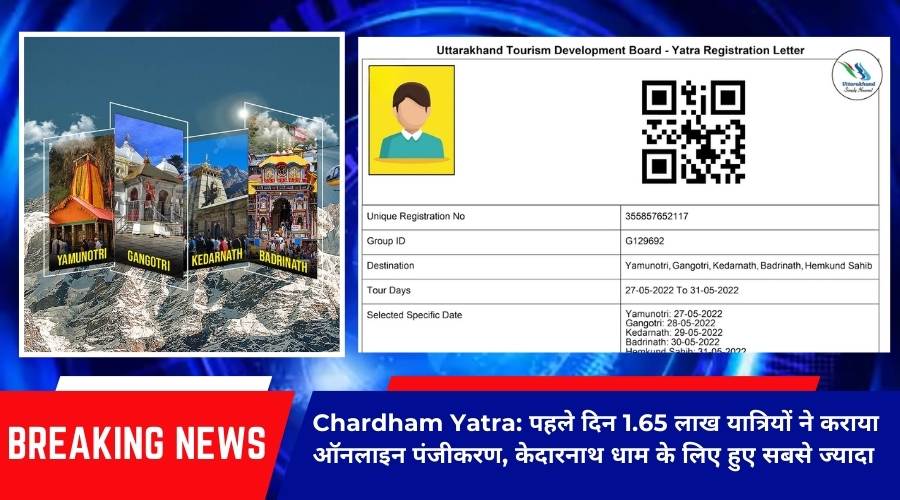History of Baijnath Temple:
One of Himachal Pradesh’s most well-known temples is the Baijnath Temple, where Lord Shiva is revered as the “God of Healing.” The great Lord Shiva takes the form of Baijnath or Vaidyanath in order to relieve his devotees of all suffering. Because of this, this temple is of the utmost importance to all followers of Lord Shiva and is highly revered. In reality, many illnesses and disorders are thought to be treatable by this temple’s water, which is thought to have medicinal power. Every year, hundreds of followers travel from all over the world to this place. who devotedly adored Lord Shiva. This ancient temple, which is only 16 kilometres from Palampur, is a spot where one can find genuine serenity and untarnished tranquilly in the gentle caress of god. The temple is one of the few in India where both Lord Shiva and Demon King Ravan are revered. One of the 12 Jyotirlingas, which are pillars that emit pure light and unbounded power, is said to be housed inside the well-known Baijnath Temple. According to ancient Hindu texts, Lord Shiva established these pillars as a challenge to Lord Vishnu and Lord Brahma.
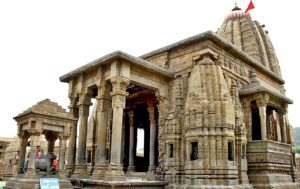
The Dhauladhar Himalayan Range serves as the backdrop for the venerable but majestic temple. Imagine a majestically preserved antique rural temple in front of vampire-white mountains. It is awe-inspiring and gratifying to see the Himalayan Range’s peaks piercing the sky when shrouded in ghostly grey mist.

Baijnath Temple Legend:
The demon King Ravan vowed allegiance to Lord Shiva. Our ancient scriptures include a detailed account of how he came to rule Lanka. Ravan made the decision to carry out a penance in the name of Lord Shiva in order to achieve his goal of becoming the monarch of the vast country of Lanka. He severed his ten heads and offered them as a sacrifice to Lord Shiva as part of his prayer.
Baijnath Temple Hours:
Morning – 6:00
Evening -9:00
Morning Arti – 7:00
Evening Arti-8:00
Architecture of Baijnath Temple:
The architecture of Baijnath temple displays elements of the ‘Nagara’ architectural style, which is a popular early mediaeval North Indian design. Architectural designs that are mostly prevalent in Orissa have been combined using this technology. Thus, Himachal Pradesh is the only state in the world with such a creative fusion.

There are two entrances—one on either side of the vestibule—and a large space with balconies on either side. The Mandap is shown here. There is a tiny porch in front of the mandap that is supported by four columns. The mount or vaahan of Lord Shiva, Nandi, is seated on this porch. The walls around the inner sanctum, which contains the Shivaling, are decorated with paintings and drawings.
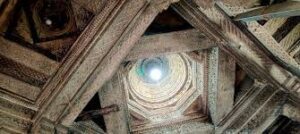
The complex’s stone walls have inscriptions detailing the history of the Baijnath Temple. A shrine to Lord Shiva once stood on the same site as the current temple, according to inscriptions on the temple walls. The foreground of this unusual and historic structure is perfectly created by lush green gardens and well-kept grass.
How to Get to the Baijnath Temple in Himachal Pradesh:
There are no direct trains that travel to Baijnath from other significant cities. Amb Andaura, which is almost 65 kilometres away, is the closest railway station. The closest bus stop is Baijnath Bus Stop, which is only a 4-minute walk from the temple. Buses do, however, travel to Baijnath from all significant cities.
Gaggal Airport (DHM), which is about 37 km away, is the closest airport. Gaggal Airport often has flights going to and from big cities. Most intra-city transfers are done on foot or in motor rickshaws.
FAQs (Frequently Asked Questions):
Q: What is the significance of Baijnath Temple in Himachal Pradesh?
A. The Baijnath Temple holds immense significance for devotees, as it is believed to be one of the twelve Jyotirlingas in India. It is a revered pilgrimage site for Lord Shiva’s devotees and is known for its religious and historical importance.
Q: How old is the Baijnath Temple?
A. The Baijnath Temple dates back to the 13th century and has a rich history that spans several centuries. It is a testament to the architectural brilliance of that era.
Q: Can non-Hindus visit Baijnath Temple?
A. Yes, the Baijnath Temple welcomes visitors from all religions and backgrounds. It is a place where people can experience the spirituality and architectural marvels of ancient India, regardless of their faith.
Q: Are there any rituals or festivals celebrated at Baijnath Temple?
A. Yes, several rituals and festivals are celebrated at the Baijnath Temple throughout the year. The most important festival is the Mahashivratri, which attracts a large number of devotees who gather to seek blessings from Lord Shiva.
Q: Is photography allowed inside the temple complex?
A. Yes, photography is generally allowed in the temple complex. However, it is advisable to seek permission from the temple authorities before taking photographs, especially during religious ceremonies.
Q: Are there any accommodation options near Baijnath Temple?
A. Yes, there are various accommodation options available near the Baijnath Temple to suit different budgets and preferences. From guesthouses to hotels, you can find a range of choices in the nearby towns of Baijnath and Palampur.
Conclusion
The Baijnath Temple in Himachal Pradesh is a monument to the vibrant history and magnificent architecture of ancient India. Visitors can have a unique spiritual experience at the temple because of its peaceful surroundings and divine aura. Whether you visit the Baijnath Temple as a devotee seeking blessings or as a history enthusiast admiring the craftsmanship, it will make a lasting impression on your soul. Plan your trip to this holy place now to experience Baijnath Temple Himachal Pradesh’s beauty.
If you want to know about Jwala Devi temple in Himachal Pradesh, visit: Jwala Devi temple in Himachal Pradesh

